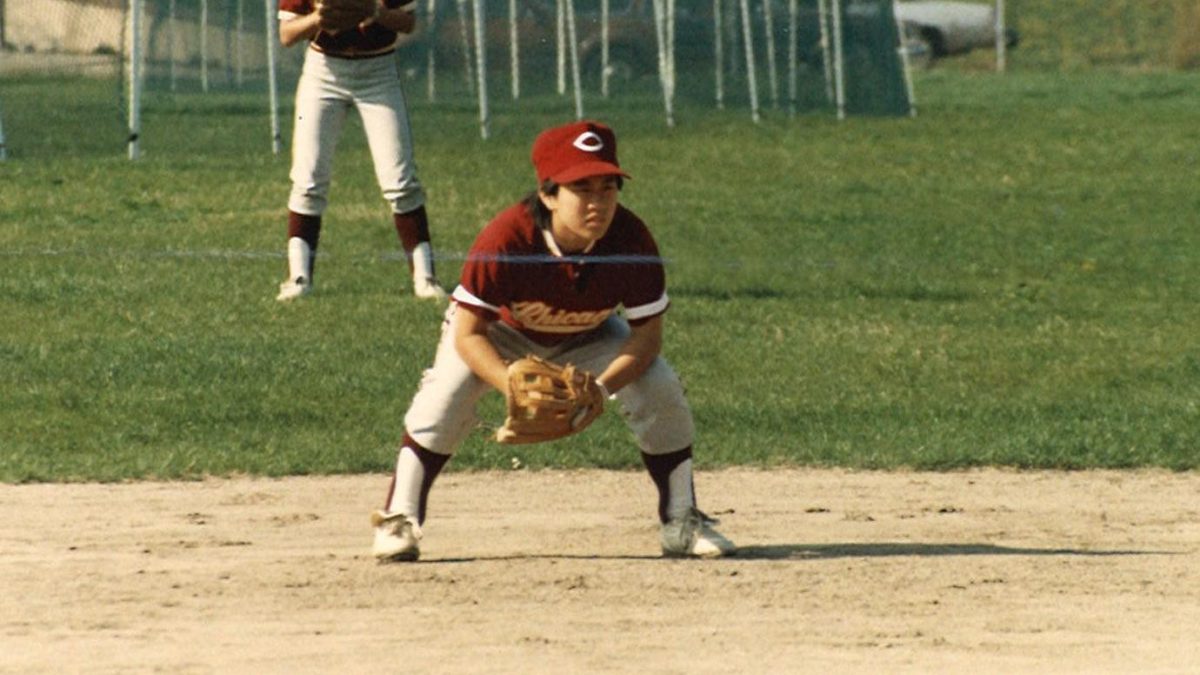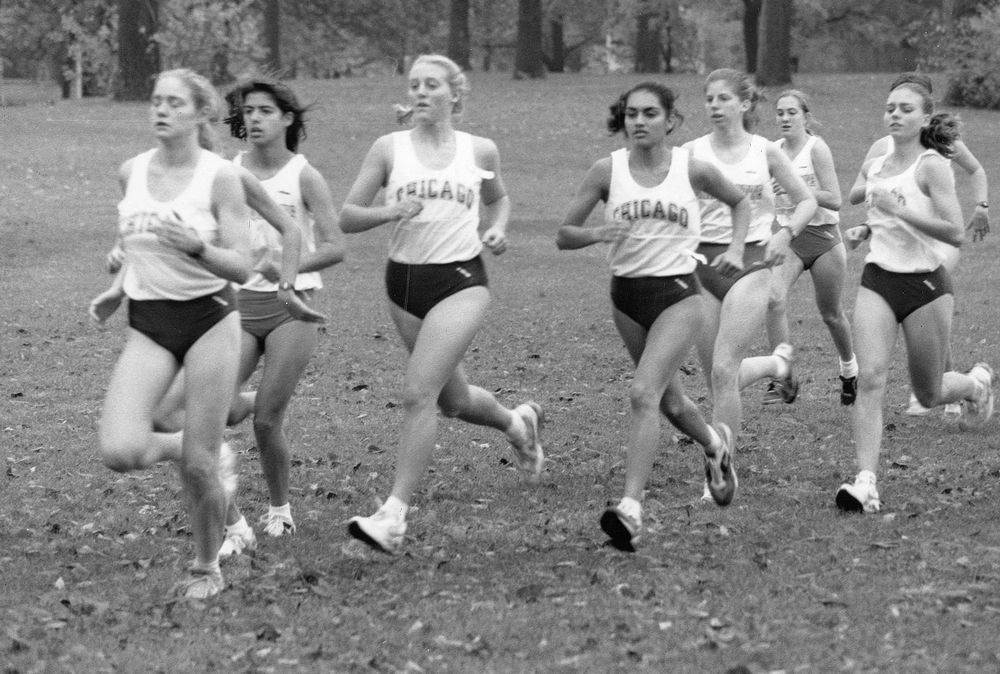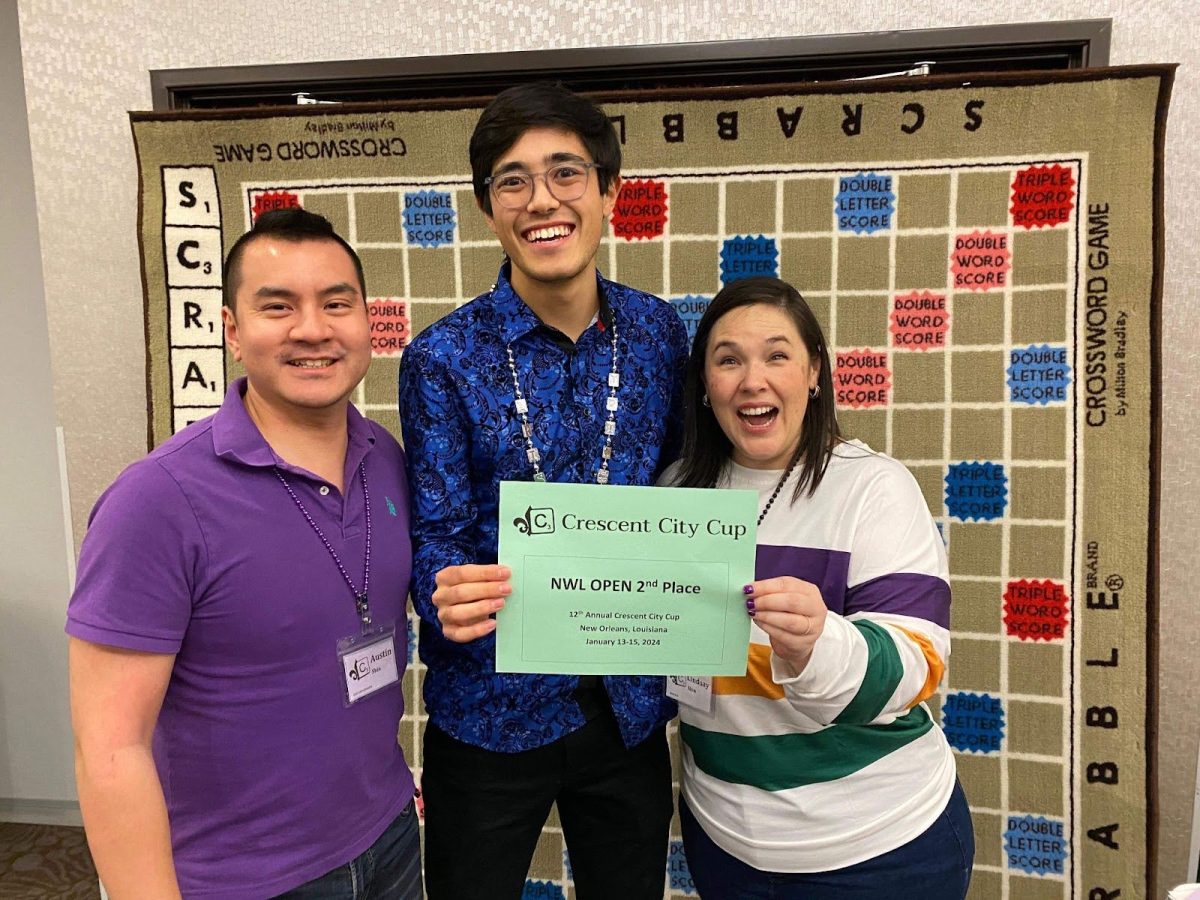Nothing has been more scrutinized in the NCAA recently than the lagging academic experience of student-athletes at Division I institutions. Well, besides the BCS. That college-football mess aside, the NCAA’s academics problem has prompted a number of schools to implement athlete advisory boards, and the NCAA has recently revised graduation standards for institutions in an effort to encourage better classroom performance.
Yet it is a refreshing change to see that University of Chicago student-athletes, on the whole, match the academic standards set by the rest of their peers at the U of C. Despite having to balance the time demands of athletic commitments and social life in addition to classes, the 2002-03 Maroons earned a composite grade point average of 3.2, which is marginally lower than the overall total of 3.3 for students in the College.
The significance of these numbers, which vary generally in the 3.0 to 3.4 range from team to team, is magnified when comparing them to one of Chicago’s peer institutions: Rice University, which is now considering becoming a Division III program in part because of how academically different the school’s student-athletes perform. Rice student-athletes, as an example, earn almost four-tenths of a grade point lower on average. Ivy League institutions also show similar differences between their student-athletes and students at large.
The recruiting process, which serves to identify whether or not a student is a fit for the College, is key to the general homogeneity of student-athletes in the University of Chicago classroom.
“You can tell who the student-athletes are that can cut it here academically from the very beginning. As coaches you have to be realistic about what kind of students Chicago attracts and accepts,” volleyball head coach Dorinda Von Tersch said.
Even the football program, which at many institutions exhibits the biggest discrepancy with the rest of the student body, must work within the same constraints as any other program. They employ, in order to more objectively identify appropriate recruits, a service that attempts to give the coaches a clearer picture of the academic quality of their prospective student-athletes.
“Recruiting services and player profiles show which guys would potentially do well at the University of Chicago. We’re not going to pursue a guy who we think doesn’t want this kind of academic challenge,” Jeff Sokol, recruiting coordinator for the football team, said.
The results have been extremely encouraging, even when compared with other University Athletic Association institutions that push similar standards. Of 39 football players eligible this past season for the UAA’s All-Academic Recognition award, which is given to a student-athlete with a minimum 3.2 GPA over at least one complete year of study, 23 were honored. That 60 percent clip dwarfed the conference’s average of 40 percent. The team also boasts concentrators in everything from pre-med and economics to anthropology and other social sciences.
The 23 football players were amongst 141 honorees from this year’s programs. Every athletic team, other than baseball and softball which do not compete in the UAA, was represented. A number of Maroons were also recognized on the All-UAA team recognizing athletic performance.
Another difference in University of Chicago athletics is how coaches prioritize academics, even when in season. Coaches ask their student-athletes if they have any conflicts with practice or with games, and they allow their players to miss athletic commitments if necessitated by schoolwork. While some institutions have argued that having incomplete squads in practice is a hindrance to the program, Maroon coaches understand the situation as the reality of a higher-education institution.
“I tell every recruit that once school starts, we never have everybody at practice. I don’t even long for it anymore because it just doesn’t happen. If you’re a pre-med in your second- or third-years, you have to take two labs a week,” said women’s soccer head coach Amy Reifert, whose program, along with men’s soccer, has earned a national soccer award for having a minimum 3.0 team GPA each year of the team’s existence. “Here, if someone’s not at practice, everybody knows that she’s taking care of an academic concern.”
Reifert has even kicked players out of practice when she knew that they had an exam that they needed to study for. She has also had student-athletes who couldn’t take an exam at a different time, so they made it up during games.
Yet many of these impressive numbers could be compromised if student-athletes concentrated predominantly in “blow-off” studies. At Rice, for example, about half of the student-athletes major in kinesiology, which is based in the athletics center. Besides the University of Chicago not necessarily having any easy concentrations, student-athletes study in a broad range of areas that seems to reflect the multitude of interests of the general student body.
Concentration spreads are not kept officially by the department, but many coaches keep records. The women’s soccer team, for example, lists concentrations in biology, economics, chemistry, pre-law, anthropology, international relations, psychology, and art. The track and football teams, as examples, are similarly diverse and even cover a wider set of academic fields.
Coaches, who are often asked by their student-athletes for guidance in planning schedules, make it a point to encourage their players to make the right choice for themselves in whatever they want to study.
“I have people constantly ask me if they shouldn’t take a course because it conflicts with our schedule,” Reifert said. “If there’s no other class time, then why not? We’re only in-season for five out of 10 weeks in the first quarter. It would be silly to not take a course because of that.”
In the end, the University of Chicago athletics program, even more so than that of many other Division III institutions, has succeeded in fostering an academic atmosphere that allows its student-athletes to pursue their academic goals. While athletic commitments necessarily take time away from the classroom, it is clear that the athletic department makes an effort—from recruiting through graduation—to make sure its student-athletes achieve what they came here to do. Perhaps the heads of the NCAA should take note.









